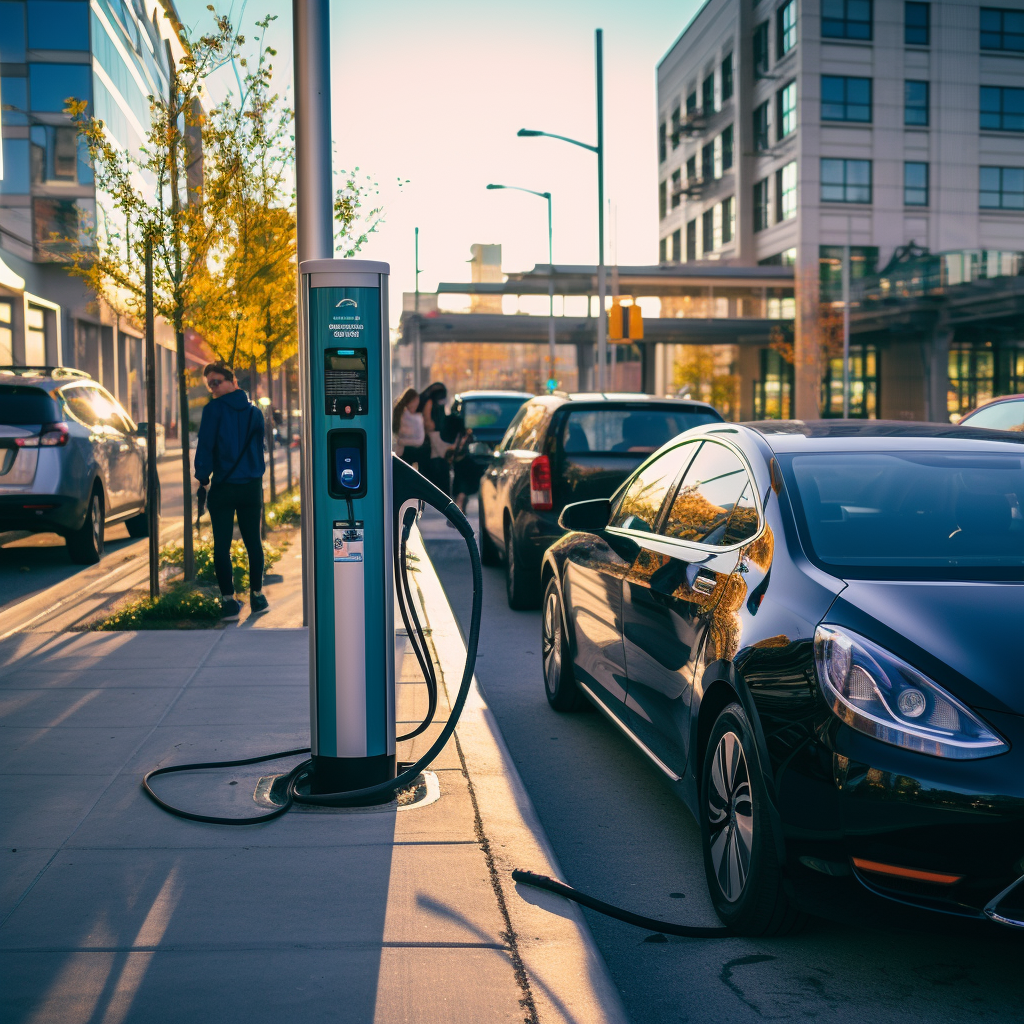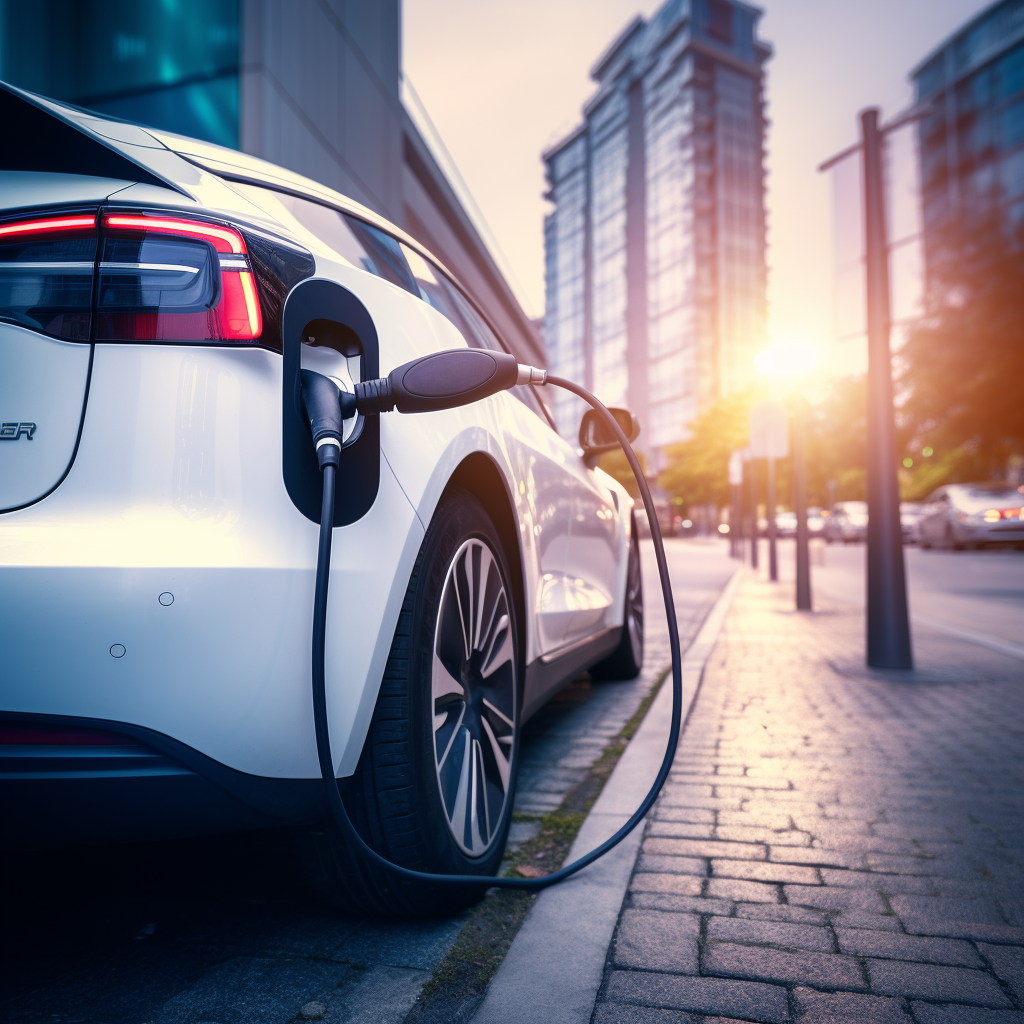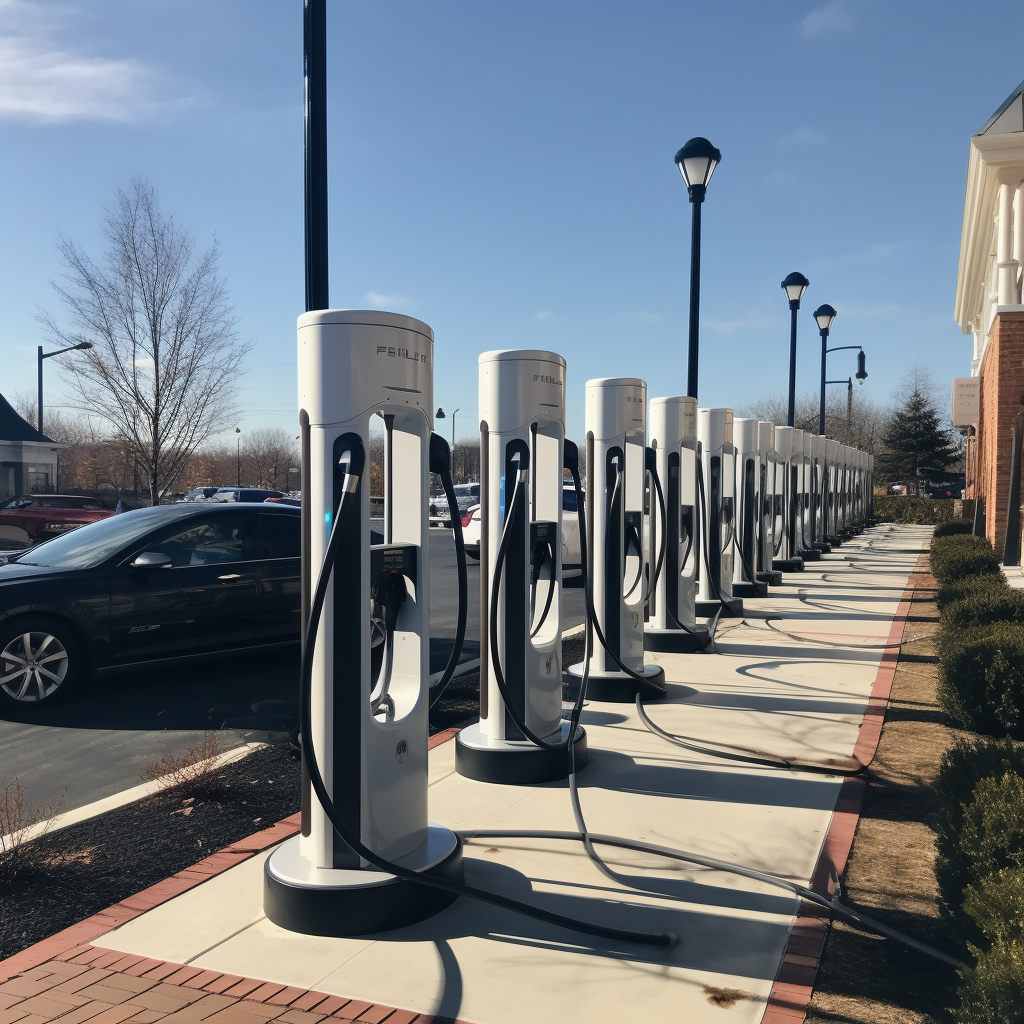Contents
The adoption of electric vehicles (EVs) has been steadily growing over the past decade. Major automakers have rolled out new EV models, and sales numbers have risen year after year. However, a major factor constraining more rapid mainstream adoption of EVs globally is the lack of adequate public charging infrastructure in many markets.
Public charging availability helps provide range confidence for EV drivers, enables longer trips, and gives options to those without home charging. But most regions worldwide have a long way to go before their public charging networks can match the convenience and ubiquity of gas stations. Ongoing challenges with unreliable, incompatible, or expensive public charging are applying the brakes to faster EV expansion.
Challenges with Public Charging Infrastructure
One of the most fundamental challenges facing public EV charging networks is the lack of charging locations compared to the over 168,000 gas stations in the United States alone. Major charging deserts exist across highways in many countries, limiting EV travel ranges and making long trips impractical.
In areas where chargers do exist, drivers often face difficulties finding available stations. Occupied or out-of-service chargers mean extended waits to recharge, which can add substantial delays to a trip. Slow charging speeds at most public stations also hamper usability, with full recharges taking over an hour on standard Level 2 chargers.
The various charging standards in use around the world also create complications. From the Japanese CHAdeMO standard to Europe’s CCS combo plugs, different outlets may require adapters or prevent charging entirely for a vehicle without the compatible port. This patchwork of incompatible connectors poses an obstacle to convenient public charging, especially for travelers crossing between regions.
Reliability issues and lack of maintenance plague many public networks as well. Chargers suffering from downtime or operating at reduced power capacity mean EV drivers cannot rely on station availability. Simply finding a working charger can turn into an uncertain struggle.
The costs and payment difficulties involved with public charging also dampen accessibility for many drivers. Roaming agreements across charging networks are still limited, requiring membership in multiple providers’ systems. Payment methods are fragmented as well, with apps, RFID cards, credit cards and cash needed across various stations.

Impact on EV Adoption
These public charging challenges have very real impacts on mainstream EV adoption. Range anxiety continues to be one of the top concerns for EV consumers, who worry about finding a charger before running out of battery capacity. Surveys show range confidence closely tracks with access to public charging.
Urban apartment dwellers also face a major barrier to EV ownership without accessible public charging options. Home charging with a private garage is simply not feasible. This locks out a major segment of potential EV buyers.
For many households, lack of available public charging nearby also precludes an EV purchase. Installation of home charging systems can be expensive or impossible. These households end up reliant on public infrastructure within range.
Studies consistently show public charging availability is a top factor for consumers deciding whether to go electric. Building out more reliable and convenient public networks is key to driving faster mass adoption.
Solutions and Progress
Government support has been instrumental in expanding public charging availability. Initiatives like the Biden Administration’s $7.5 billion investment to build out a U.S. network of 500,000 chargers highlight the public sector’s role. Regulations are also helping drive infrastructure requirements.
Charging speeds continue to improve as well. Tesla’s proprietary Supercharger network provides 200+ miles of range in just 15 minutes. New ultra-fast charging technologies like 350 kW CCS allow even quicker replenishment. Faster charging greatly improves public station convenience and usability.
Mobile apps now provide real-time station availability and assist drivers in finding chargers along their route. Plugins even allow reserving a charger slot ahead of time at supported locations. These tools help take much of the guesswork out of public charging.
Common payment methods and roaming agreements between charging networks also simplify the billing process. Platforms like PlugShare offer access to hundreds of networks through one account. Integrated payment using RFID, apps or credit cards creates a more seamless experience across systems.
Monitoring and maintenance of chargers are improving through remote capabilities. Network operators can now identify issues and restore functionality quicker without relying on in-person diagnostics. Reliability is steadily increasing as a result.
Outlook for the Future
BloombergNEF forecasts public charging outlets globally will reach 40 million by 2030, a massive jump from around 1.3 million in 2020. Hitting these targets will require substantial coordinated investments by both the public and private sectors.
A few fundamental challenges and gaps will still need addressing. Creating truly nationwide fast charging networks is essential to enable long distance EV travel. Additionally, improving charging options for urban residents without home access remains a major priority.
If public charging infrastructure can start to achieve availability and convenience on par with gas stations, it will likely be a pivotal step in EVs going fully mainstream. Seamless, ubiquitous public charging will help remove barriers to adoption and give all drivers the confidence to go electric.

Conclusion
Reliable and accessible public EV charging networks are critical to accelerating the expansion of electric vehicle adoption worldwide. While progress is being made in many markets, major gaps remain compared to the convenience of gas stations. Ongoing challenges with availability, speed, compatibility, cost and reliability continue applying the brakes to faster EV growth.
Targeted government support, private investments, improved technologies and customer tools will be essential to boosting public charging infrastructure. An expansive, convenient network of stations will help drive range confidence, increase EV travel distances, and open up ownership to urban residents. As public charging hurdles are overcome, the road will pave the way for EVs going fully mainstream globally.
FAQs
Q: Why is public charging infrastructure important for electric vehicles?
A: Public charging stations help provide range confidence for EV drivers, enable longer trips, and give charging options to those without home charging access. Widespread public charging is key to mainstream EV adoption.
Q: What are some of the main challenges faced with public EV charging stations?
A: Key challenges include lack of charging locations, slow charging speeds, incompatible charging standards, unreliability, difficulty finding available chargers, and payment complexities.
Q: How does limited public charging impact electric vehicle sales?
A: Range anxiety from limited charging curbs EV sales. Apartment renters without home charging access are deterred. Some households rely on public charging within range, limiting adoption. Surveys show charging availability impacts purchase decisions.
Q: What steps are being taken to improve public EV charging networks?
A: Government investments, faster charging technologies, mobile apps to locate stations, common payment systems, roaming agreements between networks, and remote monitoring are all helping enhance public charging.
Q: What needs to happen for public charging to enable mainstream EV adoption?
A: Experts say achieving ubiquitous, convenient fast charging like gas stations is pivotal. Seamless public charging will help drive range confidence and open EV ownership to more consumers.


